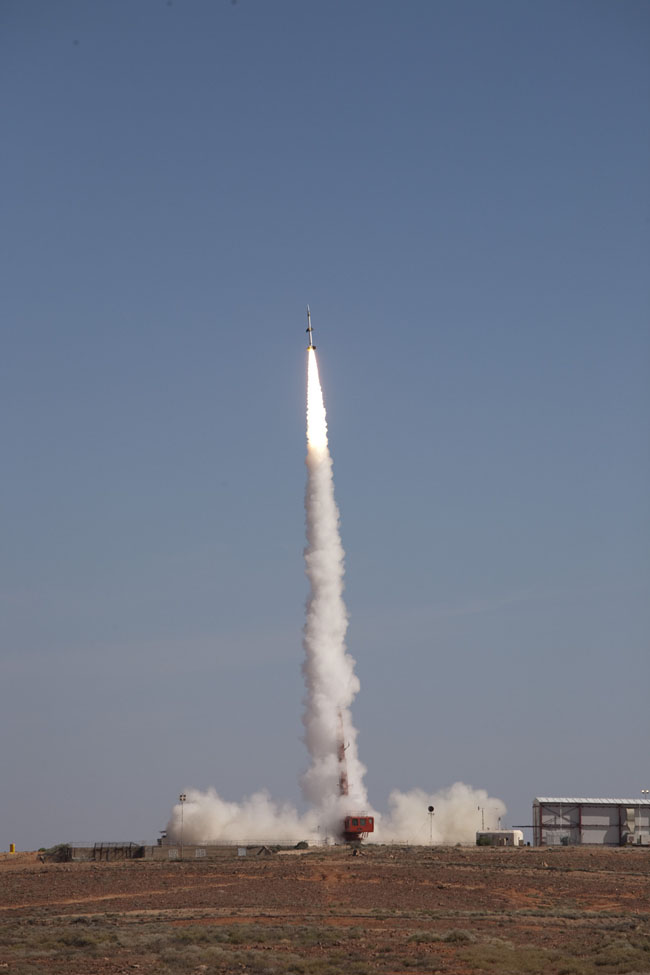New Hypersonic Rocket Test Launched in Australia

Australian and United Statesmilitary scientists test launched a new hypersonic rocket this week, the latestin a string of demonstration flights aimed at developing ultra-fast supersonicaircraft.
The test rocket streaked through the atmosphere at speeds ofgreater than Mach 5.5, which is equivalent to more than five times the speed ofsound.
The flight marked the second in a series of up to 10 plannedflights designed to advance research on high-speedflights and hypersonic technology, said Greg Combet, Australia?s Ministerfor Defense Personnel, Material and Science, in a Monday statement. An earliertest was performed last May.
?Today?s flight represents a significant scientificmilestone, enabling scientists to collect fundamental data critical to thedesign and development of an engine capable of sustained hypersonic flight,?Combet said.
The flight, which launched from Australia?s Woomera TestRange, was part of a joint U.S-Australian program called HypersonicInternational Flight Research Experimentation (HiFiRE). The program is aimed atinvestigating the fundamental science of hypersonictechnology, as well as the potential future applications for next generationflight systems.
The research is being conducted as part of a partnershipbetween the Defense Science and Technology Organization (DSTO) and the U.S. AirForce Research Laboratory (AFRL).
In 2006, AFRL officials signed a $54 million deal with Australia?sDefense Department to fund the six-year HiFire program. The project alsoincludes participation from NASA scientists, as well as U.S. industry and otherAustralianhypersonic scientists, AFRL officials have said.
Get the Space.com Newsletter
Breaking space news, the latest updates on rocket launches, skywatching events and more!
The scientists are investigating the potential of airvehicle and propulsion technologies that could one day lead to sustainedhypersonic flight.
Advances in hypersonic technology have enormous implicationsfor both Australia and the world. Hypersonic flight has the potential torevolutionize global air travel, and could present more cost-effective ways ofaccessing and launching communication satellites in space, researchers said.
?Thanks to the work of this dedicated team of DSTOscientists, Australia is at the forefront of this technology,? Combet said.
- Images- X-43A Scramjet Makes History in the Sky
- AirForce to Test New Hypersonic Aircraft
- Images- X Planes, Part2, Part3
Join our Space Forums to keep talking space on the latest missions, night sky and more! And if you have a news tip, correction or comment, let us know at: community@space.com.

Denise Chow is a former Space.com staff writer who then worked as assistant managing editor at Live Science before moving to NBC News as a science reporter, where she focuses on general science and climate change. She spent two years with Space.com, writing about rocket launches and covering NASA's final three space shuttle missions, before joining the Live Science team in 2013. A Canadian transplant, Denise has a bachelor's degree from the University of Toronto, and a master's degree in journalism from New York University. At NBC News, Denise covers general science and climate change.









